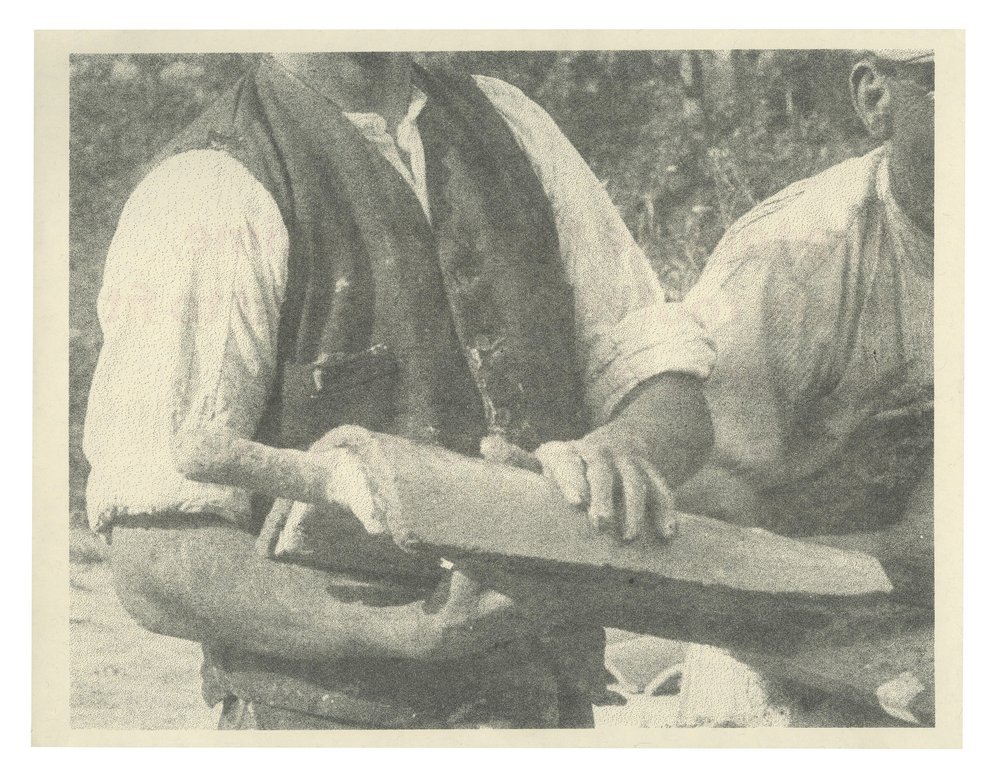Rosa Glaessner Novak
Finding Solidarity in the Shape of a Roof Tile
October 28, 2023
Summary:
Summary of Group Conversation by Al Oliva
Select Readings:
Art and Labour (Introduction) by David Beech
Art and Labour (Chapter 2-The Arts, Fine Arts and Art in General) by David Beech
Public Use of Art by Meyer Schapiro
Concrete As Weapon by Sergio Ferro
Fifty Cents a Foot, 14,500 Buckets: Concrete Numbers and the Illusory Shells of Mexican Economy by María González Pendás
On the Older Forms of Terra-Cotta Roofing by Edward S. Morse
Concrete Optimism (Chapter 5-Solidarity) by Gary Wilder
The Human Condition (Chapter 2-The Public and the Private Realm) by Hannah Arendt
Discussion Guide:
‘Architectural Ceramics: Finding Solidarity in the Shape of a Roof Tile’ Discussion Guide
About the topic
Ceramic artists and workers at ceramic manufacturing sites, despite obvious overlaps, have long been considered--by themselves and others--as fundamentally separate. In this State of Ceramics, we explore what it could mean to form solidarity across this divide by better understanding how “artists” and “workers” are connected through the material of clay, and particularly through the presence of ceramics in architecture.The roof tile—a ceramic building material that references the human body (once made on the knee, across the thigh, or perhaps in the shape of the crafting hand?)—renders generations of labor legible in the built environment. Might the ceramic-built environment also preserve clues about our commonality or suggest paths to a future of solidarity? Can we find our shared experience or shared struggles in the curvature of a roof tile?As part of this series about “Architectural Ceramics,” we will also consider the trajectory of labor organization in the fields of architecture and ceramics. Some architects have come to understand themselves as workers, attending to their own historical division from construction workers, and have begun, in recent years, to organize accordingly. Might artists and makers working in clay do the same?About the Lead Artist
Rosa Glaessner Novak is an artist, PhD student in art history, and higher ed labor organizer based in Michigan. Her current work traces the histories of land, labor, and materials involved in the production of the built environment. Previous work has included archival research and writing on the artist and designer Edith Heath, explorations of the work of women in land art, and the creation of an artist-run space and residency program focused on the experimental use of ceramic waste. Novak holds a BFA in Ceramics from California College of the Arts.
